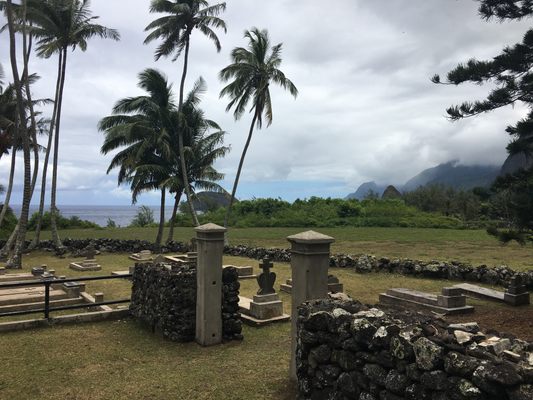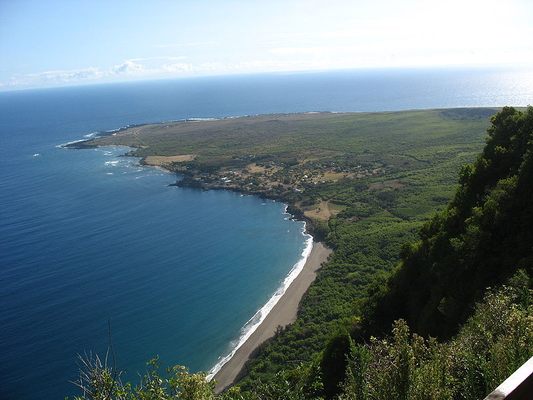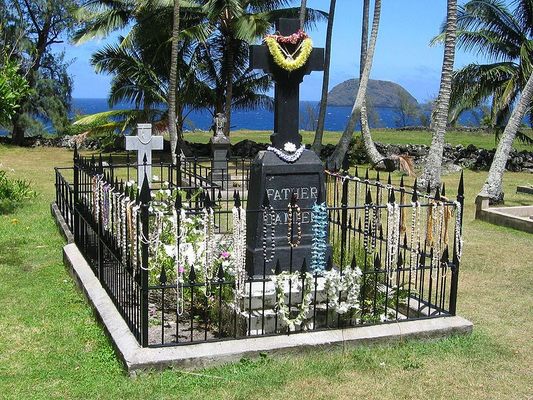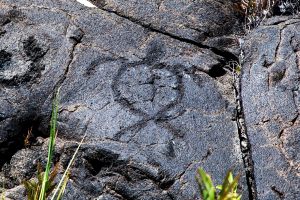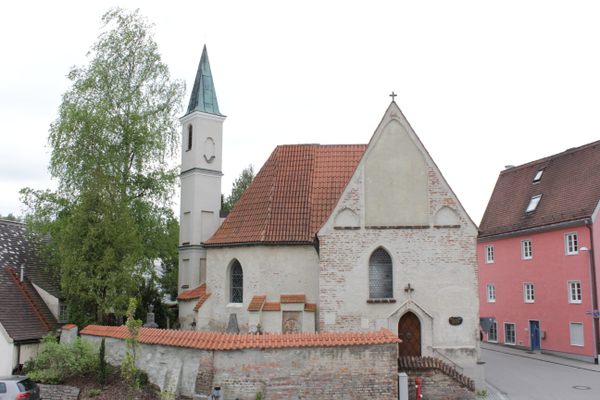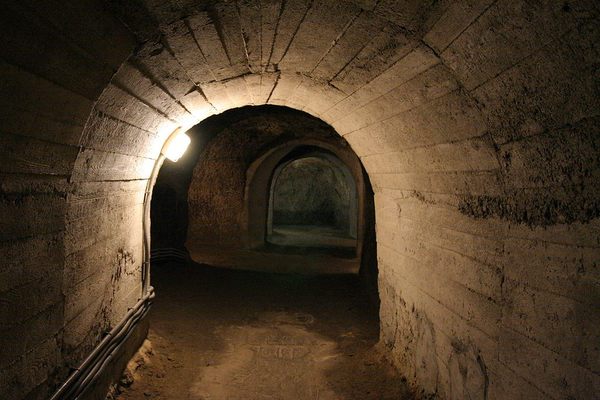About
Cut off from the rest of the world by 1,600-foot cliffs on one side and ocean on the other, Kalaupapa on the island of Molokai, is a naturally beautiful prison. When Hansen's Disease, historically known as leprosy, struck Hawai'i in the mid-1800s along with other trade-borne diseases, the government of Hawai'i followed what was then common practice: they formed an isolated quarantine and moved the affected population there.
Starting in 1866 with nine men and three women who were allegedly tossed overboard and told to swim for shore, the colony eventually housed more than 8,000 people. Despite medical advances and the discovery of sulfone drugs that effectively eliminated the contagious effects of Hanson's Disease in the 1940s, Kalaupapa remained a forced quarantine site until 1969, over a century after its formation.
The saving grace of the colony may have been the arrival of the 33-year-old Belgian missionary Father Damien de Veuster in 1873. De Veuster lived and worked in the colony, eventually contracting the disease himself. He described himself as "the happiest missionary in the world" before his death in 1889. His work at Kalaupapa has been recognized as a model of compassionate care, and there are statues of De Veuster in the U.S. and Hawaiian Capitol buildings. He was canonized as a saint by the Catholic church in October of 2009.
Jack London wrote about his visit to the island colony in 1908, saying that, from a distance and thanks to its reputation, it seemed "the pit of hell, the most cursed place on earth." But after landing and spending time with the residents watching horse races and listening to dinnertime sing-a-longs, he found himself to be "having a disgracefully good time along with eight hundred of the lepers who were likewise having a good time."
Now a U.S. National Historic Park, the colony is home to a dwindling population of fewer than two dozen voluntary exiles, workers, and family members. The residents of the colonial Hawaiian homes and small church are outnumbered by those in the cemetery, where there are an estimated 2,000 unmarked graves in addition to those with headstones. An organization dedicated to the lives and legacy of the Kalaupapa residents is hoping to establish a formal memorial listing the names of all who were exiles there.
Visitation to the colony is strictly limited, and unless you are invited by a resident, tours must be arranged through Damien Tours or the Hawai'i Department of Health. Those without pre-arranged reservations will be denied access to the park.
Related Tags
Know Before You Go
The park is on the north shore of the island of Molokai in Hawaii.
Published
November 28, 2009
Sources
- http://www.nps.gov/kala/
- http://www.nps.gov/kala/historyculture/1865.htm
- http://www.kalaupapaohana.org/
- http://www.nytimes.com/2008/12/02/world/americas/02iht-leper.1.18320829.html
- http://visitmolokai.com/kala.html
- http://en.wikipedia.org/wiki/Kalaupapa,_Hawaii
- http://carl-bell-2.baylor.edu/~bellc/JL/TheLepersOfMolokai.html
- John Tayman, <cite>Colony: The Harrowing True Story of the Exiles of Molokai</cite>, Scribner 2006
- http://www.npr.org/templates/story/story.php?storyId=5183996
- http://carl-bell-2.baylor.edu/~bellc/JL/KoolauTheLeper.html
- https://www.nps.gov/kala/learn/historyculture/index.htm






